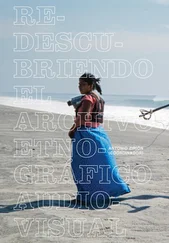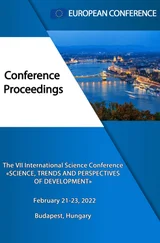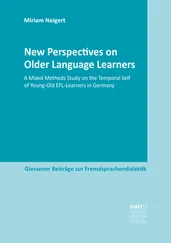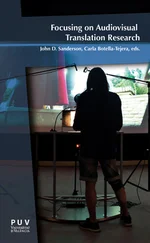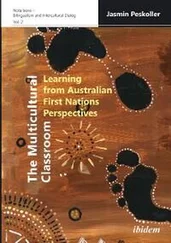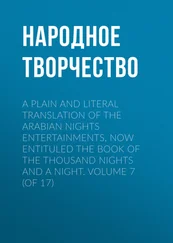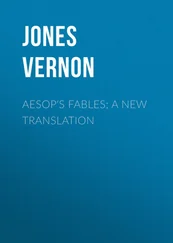AVT practices are usually divided into two main groups: revoicing and subtitling. Whereas in revoicing the original soundtrack is replaced with a newly recorded or live soundtrack in the target language, subtitling operates by maintaining the original speech and images, which are accompanied by written snippets of text that correspond to synched translations or (quasi) transcriptions of the original dialogue. Both groups of AVT modes include accessibility sub-practices, which can be used to bridge linguistic and cultural barriers or to facilitate access to audiovisual productions for audiences with sensory impairments, such as the deaf and the hard-of-hearing and the blind and the partially sighted. Irrespective of the target audience and the type of transfer, all practices inherently demand the use of technologies that allow the translator to embed, insert, or superimpose their translation onto the original text, which is a timely reminder that the very concept of translation is becoming progressively blurry in light of the many shapes AVT has taken in the past few years (Chaume 2018).
The evolution of translation as a discipline is inextricably linked to technological advances. Translation has overgrown rudimentary translation methods and ergonomics, leading to more versatile and dynamic work environments brought about by digital technologies. AVT is no exception, as it has traditionally required a great deal of technology, including the use of specialised software (e.g. subtitling systems) and equipment in dedicated workplaces (e.g. dubbing studios). In recent years, AVT professionals have also experienced a greater inclusion and wider application of translation-memory and machine-translation tools in the profession (Georgakopoulou 2012).
Audiovisual consumption has changed significantly in the last few decades due to the rapid development of new technologies (Chaume 2018) and, in turn, the creation of new mass media channels and widening of audiences. One of the main developments that transformed the audiovisual landscape irreversibly across the globe was the introduction and spread of DVDs at the turn of the century, which permitted the inclusion of several subtitle templates and dubbed soundtracks within the same storage format. Today, the potential held by the internet for the distribution and localisation of audiovisual programmes has been repeatedly discussed by scholars; over a decade ago, Díaz-Cintas (2009) mentioned how the internet had contributed to the sharing of open-source software among subtitlers (both professionals and non-experts) as well as to expanding the degree of control audiences have over audiovisual products. It has also allowed for a rapid transformation of broadcasting by those embracing new video-delivery systems. Digital television later paved the way for a new era of audiovisual consumption and novel distribution methods, such as paid-subscription streaming platforms whose content is available on demand, hence the term video on demand (VoD). These and other services that formerly used cable or satellite now rely exclusively on internet connection, i.e. over the top (OTT) format. In short, the internet has profoundly changed the current mediascape as we know it.
As one form of internet-based television, VoD either «provides users with access to a traditional channel or network’s existing library including new content once it becomes available on the linear schedule» or «employs organizational schemes that are best understood as cultivating or curating content libraries» (Wayne 2018: 729). VoD services, which encompass the likes of Amazon Prime, Disney+, HBO and Netflix, among others, have grown exponentially, particularly in the last decade or so, and are expected to continue expanding. As Grandinetti (2017) points out, VoD platforms have also led to major changes in viewing habits; for instance, there has been a swift move from prime-time to an any-time viewing culture, subsequently encouraging and nurturing binge-watching behaviours.
In Europe, VoD usage rates have accelerated steadily since 2012, and sharply since 2014; furthermore, it has been found that VoD consumer revenues in the EU soared from €919 million in 2010 to €2.5 billion in 2014 (Croce and Grece 2015). VoD viewing rates have experienced a spike across the board during the COVID-19 pandemic, with the USA, for example, reporting a 32% increase in membership subscriptions in March 2020 and VoD viewership growing up to 57% for some UK providers (Forte 2020).
It goes without saying that VoD platforms have stimulated the language industry, too, since their content needs to be localised in a myriad of languages and be made accessible to cater for people with sensory impairments. As recounted by some scholars, the popularisation of VoD platforms has had far-reaching implications in subtitling workflows (Georgakopoulou 2012) and has also given rise to new dubbing trends (Ranzato and Zanotti 2019). Orrego (2018) explored the many effects participatory culture has had in today’s consumption habits, where audiences’ demands, preferences and viewing habits have impacted localisation practices. Be that as it may, recent trends in audiovisual consumption seem to reinforce the ubiquity of translation, whose screen presence is more prominent now than ever before (Díaz-Cintas 2019).
In the latest official report on the size and wealth of the language industry in Europe, it was found that, back in 2008, the value of the language industry within the EU was €8.4 billion, of which €568 million represented the sector of language technology tools and €633 million, the sector of subtitling and dubbing (European Commission 2009). With an estimated annual compounded growth rate of 10% minimum, the European language industry was expected to exceed €16.5–20 billion by 2015. According to a recent press release published by MESA (2019), the total spending on content localisation services in the Europe, the Middle East and Africa (EMEA) market in the television, film and video sector exceeded US$2.3 billion in 2018 and a 5–8% growth was anticipated for 2021. In the most recent global market research on the wealth of the language industry, Nimdzi (2019; 2020) reinforces its positive estimates from previous years: the size of the global language industry in 2019 was expected to be US$53.5 billion (of which 2.1% account for subtitling services), with an expected five-year growth of 6.8% and a projection of US$70 billion in 2023. In 2020, the language industry’s total value was expected to be US$57 billion worldwide, with an expected growth of 6.2% and a projection of US$77 billion by 2025. Nimdzi’s expected growth rate has shrunk in the past few years, from 7.4% in 2018 to 6.2% in 2020 and may even become lower once future market research studies shed light on the impact of the 2020 pandemic.
Workload has consequently increased dramatically, especially for internet-based broadcasting services, leading to a panorama of AVT professional services in which translation labour is systematically outsourced to subcontractors (Abdallah 2011). Large media localisation companies reportedly assume most of the total media localisation workload from audiovisual content distributors. Among the 100 largest language and translation service providers (LSPs/TSPs), at least 10% specialise in media localisation, including revoicing, subtitling and media accessibility services (Nimdzi 2020). These companies, also referred to as preferred vendors by some media-streaming companies, are therefore cornering the market in media localisation.
Media broadcasters’ tradition of outsourcing materials has had adverse effects in some industries, especially in terms of quality and rates. In such a competitive market, finding highly trained professionals for a localisation job constitutes a major challenge, not only for translators but also for technicians, voice talents and project managers. A major problem the AVT industry has experienced for years now is the so-called talent crunch (Estopace 2017), especially in the case of some language combinations and countries where specialised training falls short. So, in order to attract qualified professionals, some large media broadcasters and audiovisual platforms have made attempts to fine-tune existing recruiting processes or to design innovative online testing methods, albeit often to little avail, such as Netflix’s Hermes portal. 1
Читать дальше

![Михаил Лермонтов - A Hero of Our Time [New Translation]](/books/27671/mihail-lermontov-a-hero-of-our-time-new-translati-thumb.webp)
